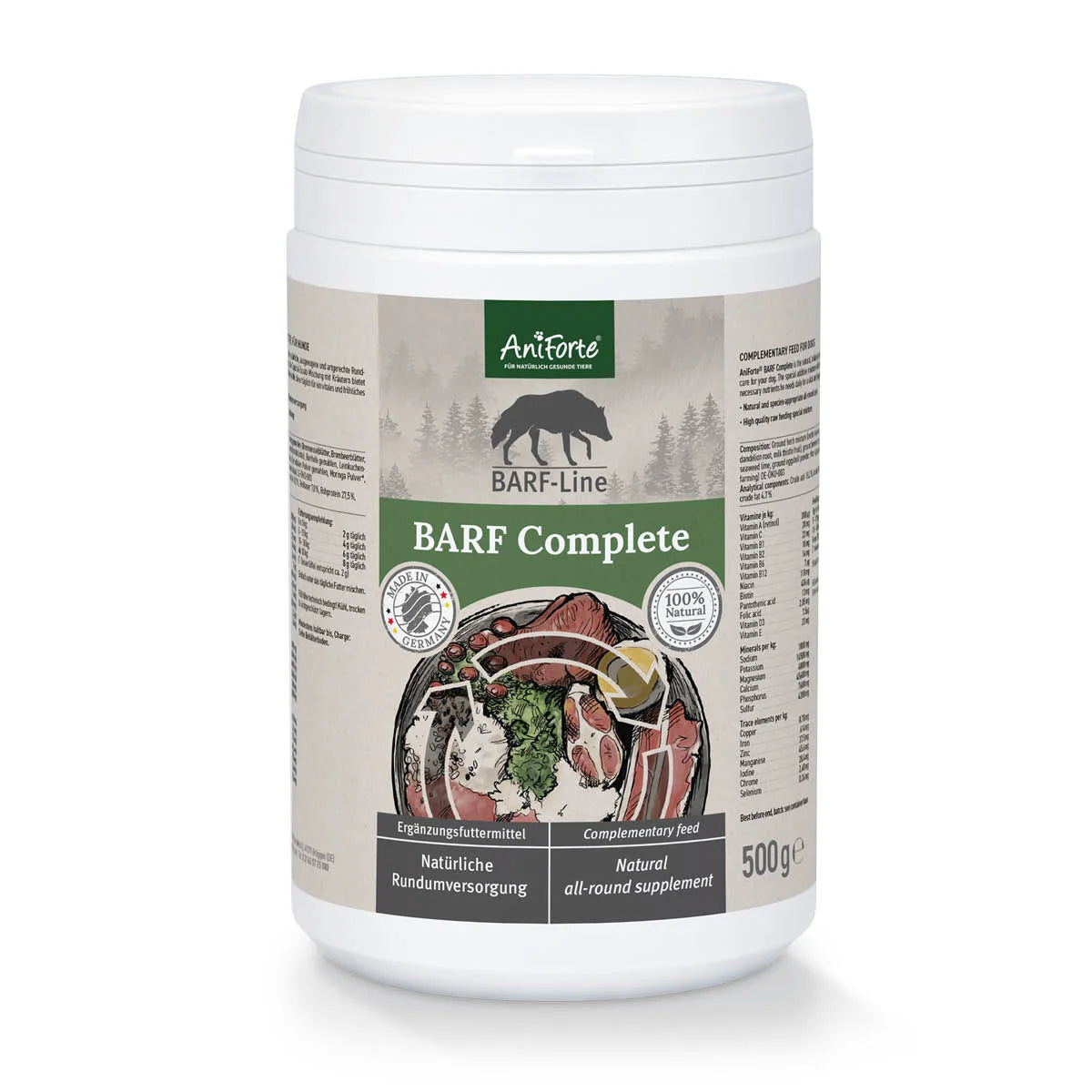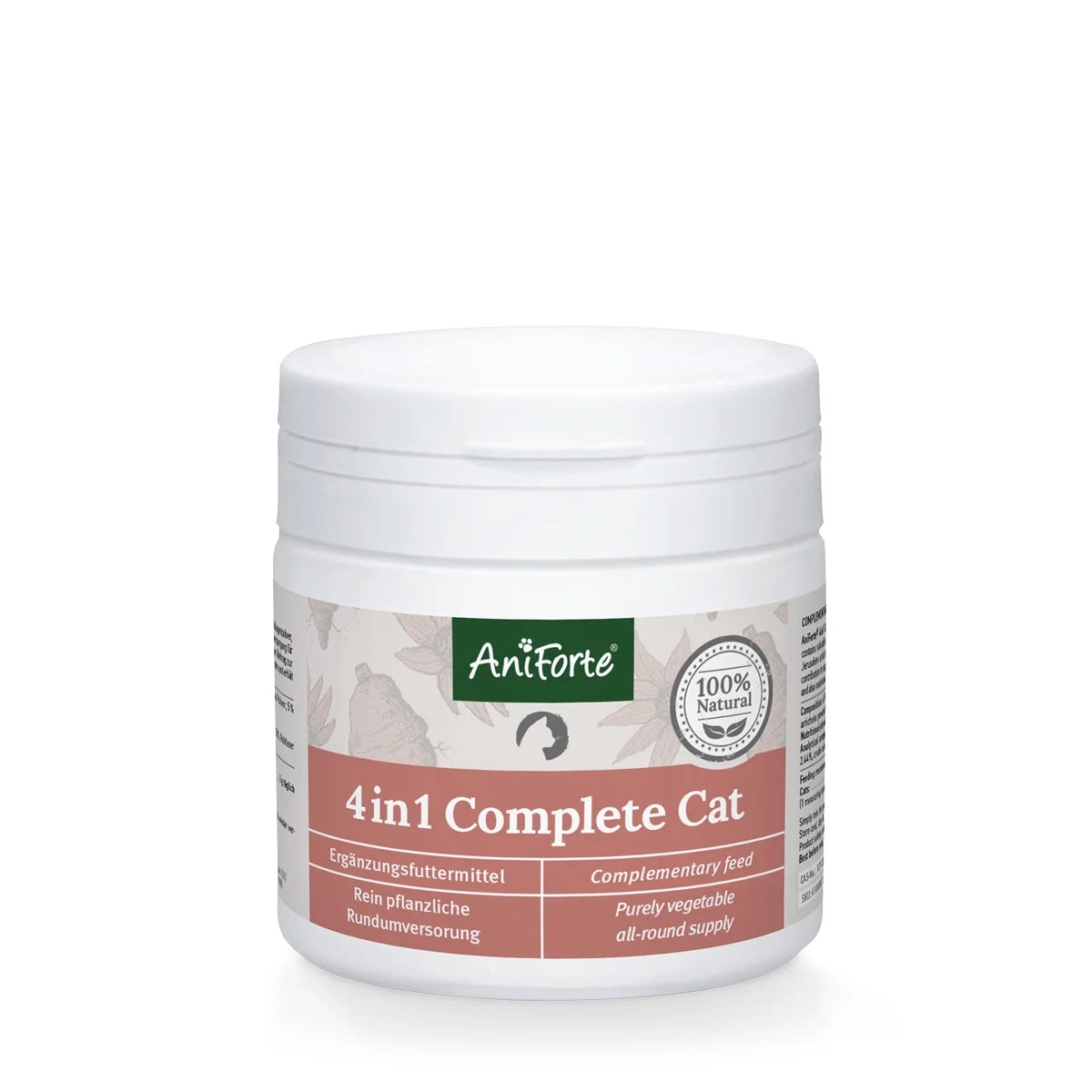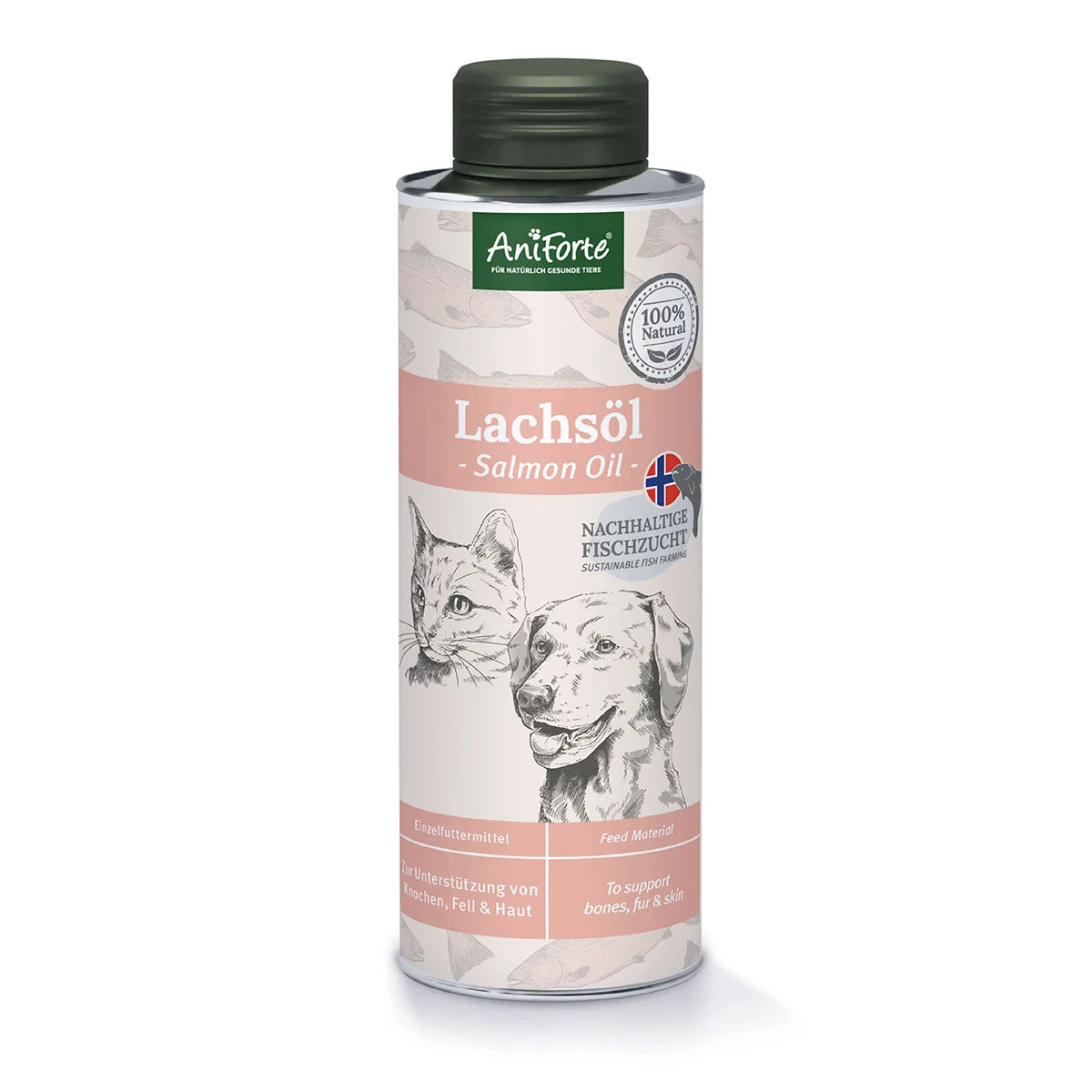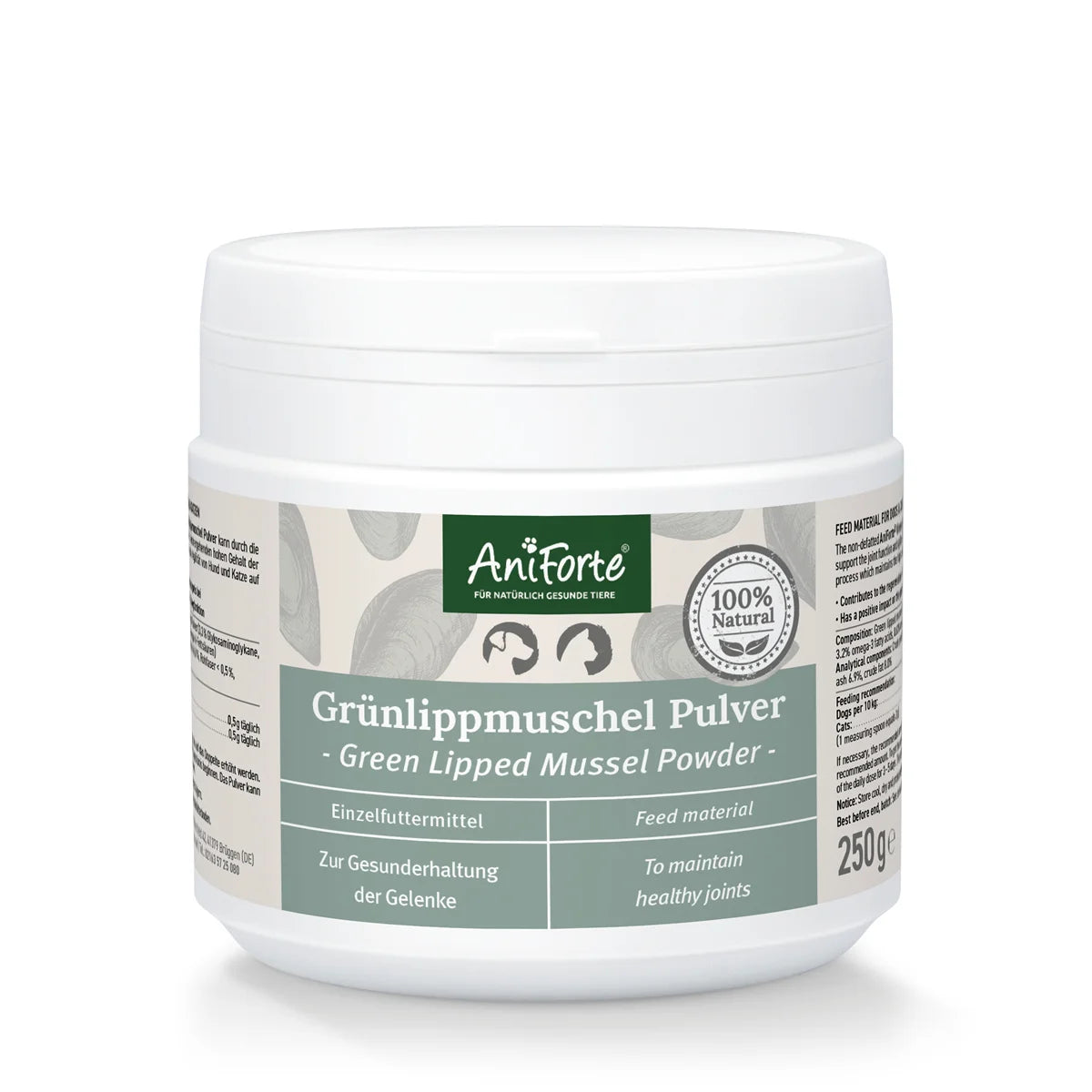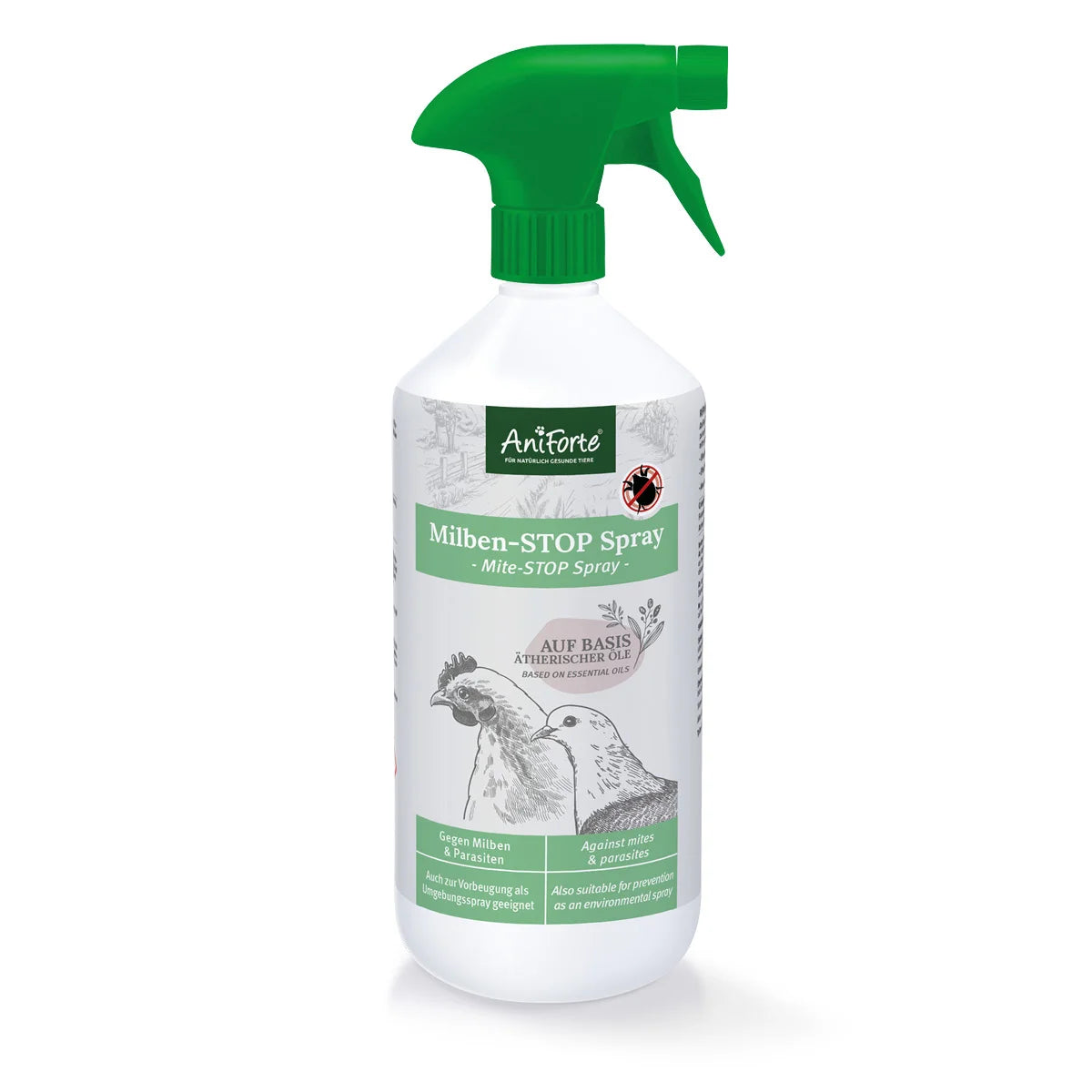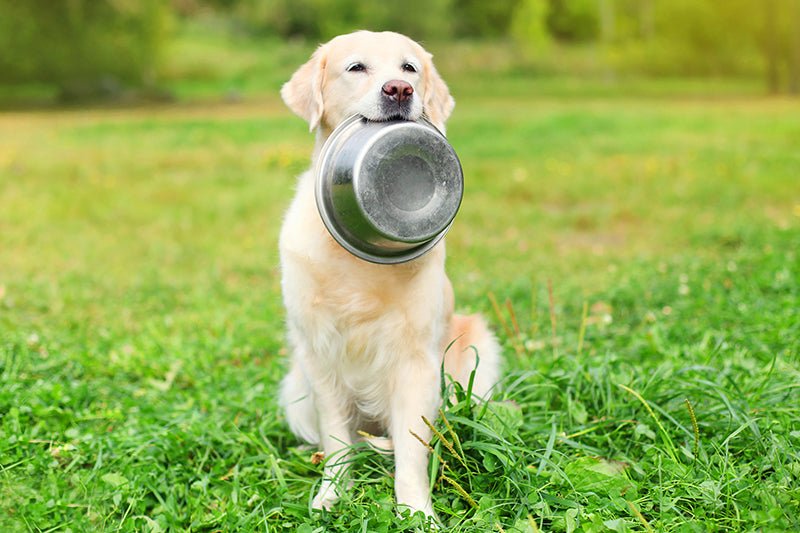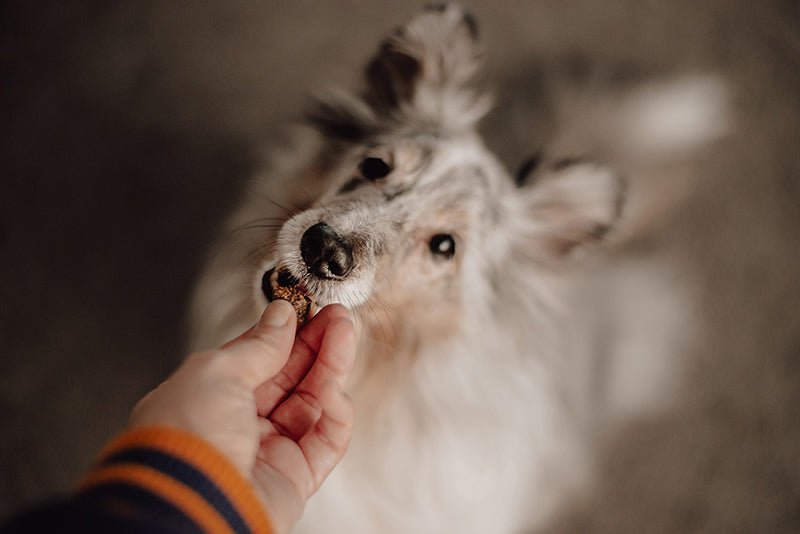
Garden Plants Poisonous to Pets
The sun is out, everything is in bloom, and everyone is done hibernating: gardening season has started! But did you know that a vibrant garden with great flowers, bushes and trees can be dangerous and even life-threatening territory to your dog or cat? Dogs and free-roaming cats are frequently looking around for food in your garden and occasionally like to nibble on twigs, leaves or berries.
If you’d like to pet-proof your garden, we’re here to help with a list of popular garden plants that are poisonous for your pet.
The 10 Most Poisonous Plants for Dogs and Cats
Cherry Laurel (Prunus laurocerasus)
Cherry Laurel is an evergreen species of cherry. Prunus laurocerasus is a widely cultivated ornamental plant in gardens and parks, often used for hedges. The seeds and leaves contain toxins that are poisonous for humans as well as animals. If ingested, cyanogenic glycosides turn into the dangerous prussic acid (hydrogen cyanide), causing poisoning in dogs and cats that may be fatal.

Hydrangea
Another popular ornamental bush is Hydrangea. This genus of about 75 species of beautifully flowering plants contains poisonous substances, such as prussic acid, saponine, hydrangine and hydragenol. Although rarely fatal, hydrangeas can be poisonous, even sensitive humans can develop skin irritations as allergic reactions.

Common Lilac (Syringa vulgaris)
If you smell the first scent of lilac, you know: Sping is here! Lilac bushes are a feast for the eyes and nose, with their large clusters of showy, fragrant flowers. This species of flowering plant in the olive family Oleaceae blooms from April to June. Even though we love the scent, lilac is faintly toxic. Especially dogs and cats, but toddlers as well, can experience poisoning. Substances like syringine, anise aldeyde, alpha-pinene and the essential oils contained in lilac may cause allergies, nausea and respiratory problems.

White Cedar (Thuja Occidentalis)
Thuja occidentalis, also known as northern white cedar, eastern white cedar, or eastern arborvitae, is an evergreen coniferous tree. Originating in Northern America and Asia, Thuja grows in many gardens, cemeteries and parks as it is very popular for hedges. However, this tree is highly toxic, not just for dogs and cats, but also larger animals like horses and cows. Especially the tips of the leaves offer a high concentration of toxic substances and essential oils, making this plant an acute threat. Thuja isn’t safe for humans either as it can lead to numerous reactions!

Lily of the Valley
Despite its harmless appearance, Lily of the Valley is one of the most poisonous plants to cats and dogs! It has even been named “Most Poisonous Plant” in 2014! Especially the blossoms and fruit are very toxic to animals as well as humans. That’s why you should stay away from planting Lily of the Valley in your garden, and only cultivate them in a pot out of reach of pets and small children.

Oleander (Nerium oleander)
Oleander is a shrub or small tree in the dogbane family. It’s an evergreen shrub with beautiful blossoms in pink, red and white, and toxic in all its parts. As the plant originates in the Mediterranean, it’s not very hardy and is thus being cultivated in pots – that’s why oleander is so popular for use on balconies. But beware - oleander is one of the most poisonous commonly grown garden plants.
It contains oleandrine, which may lead to cardiac reactions, nausea and vomiting. Be especially careful with puppies and toddlers around this plant!

Rhododendron
Many homes are encircled with these stunning flowering shrubs, and you wouldn't expect them to be poisonous, the way the deer devour them. However, for your pets rhododendron is very toxic due to its substances such as Diterpene, Grayanotoxine and Acetylandromedol.

Angel’s Trumpets (Brugmansia)
Angel’s Trumpets are not very angelic for cats and dogs! These popular ornamental plant is in fact highly toxic due to its high content in tropanalkaoids. Effects of ingestion can include muscle paralysis, confusion, tachycardia, dry mouth, constipation, tremors, migraine headaches, poor coordination, delusions, visual and auditory hallucinations, mydriasis, rapid onset cycloplegia, and death. Especially dangerous are the leaves and seeds, so stay away from these plants if you’re a pet owner.

Boxwood
Unfortunately the popular boxwood belongs onto our list of the 10 most poisonous plants for pets as well due to its 70+ alkaloids. The entire tree is poisonous, both orally and topically even in small amounts, so it is best not to have them anywhere your pet will be.

Autumn Crocus (Colchicum autumnale)
Colchicum plants, found in gardens, meadows and fields, are deadly poisonous due to their colchicine content. They bloom mostly from late Summer into Autumn. While this plant’s blossoms resemble crocusses, they are often mistaken by foragers for ramsons, which they vaguely resemble. The symptoms of colchicine poisoning are similar to those of arsenic, and no antidote is known. This plant (and colchicine itself) poses a particular threat to felines.

Symptoms of Plant Poisoning
Many pet owners are not aware of the numerous poisonous plants in their pets’ surroundings, but they do pose a significant health threat. During unobserved moments, cats may play with Lily of the Valley, dogs nibble at a boxwood stick, or rodents munch the leaves of an autumn crocus. So: act fast if you observe the following symptoms:
- Pupil enlargement
- Nausea/vomiting
- Flatulence and diarrhea
- Seizures
- Drop in blood pressure
- Apathy
- Slow heartbeat
- Cardiac or respiratory paralysis
- Low body temperature
- Irritation of mucous membranes
Check the surroundings for poisonous plants to help the vet determine the possible cause for the symptoms. The faster the poisoning is recognised, the better your pet’s chances.
First Aid for Dogs and Cats
Generally, as soon as you detect possible poisoning with your pet, see your veterinarian to save valuable time that can save your dog’s or cat’s life. If this happens outside of your regular vet’s office hours, proceed to the closest animal hospital and keep watching your pet closely.
If the poisoning has just happened and the symptoms are still mild, you may give your pet charcoal tablets, which can slow the process of toxification and (best case scenario) transport the toxins out of the body. However, check the dosage carefully and don’t use charcoal tablets with respiratory symptoms or if your pet has difficulty swallowing. In that case the tablets may end up in the windpipe and lead to suffocation.
If you administered other meds to your pet, take the package along to the vet. If your dog’s or cat’s body temperature is low, keep them warm with a blanket during transport. It’s best to take another person along who can assist your pet. It’s great if you can remember to bring a sample of the poisonous plant with you, and it can also be helpful for the vet to have samples of vomit and/or feces for analysis.
As you can see, many plants poisonous to our pets are lurking in gardens, on balconies and in the fields around us. So when you plan your garden or your landscaping update, cultivate safe plants to avoid accidents and unneccessary suffering.

